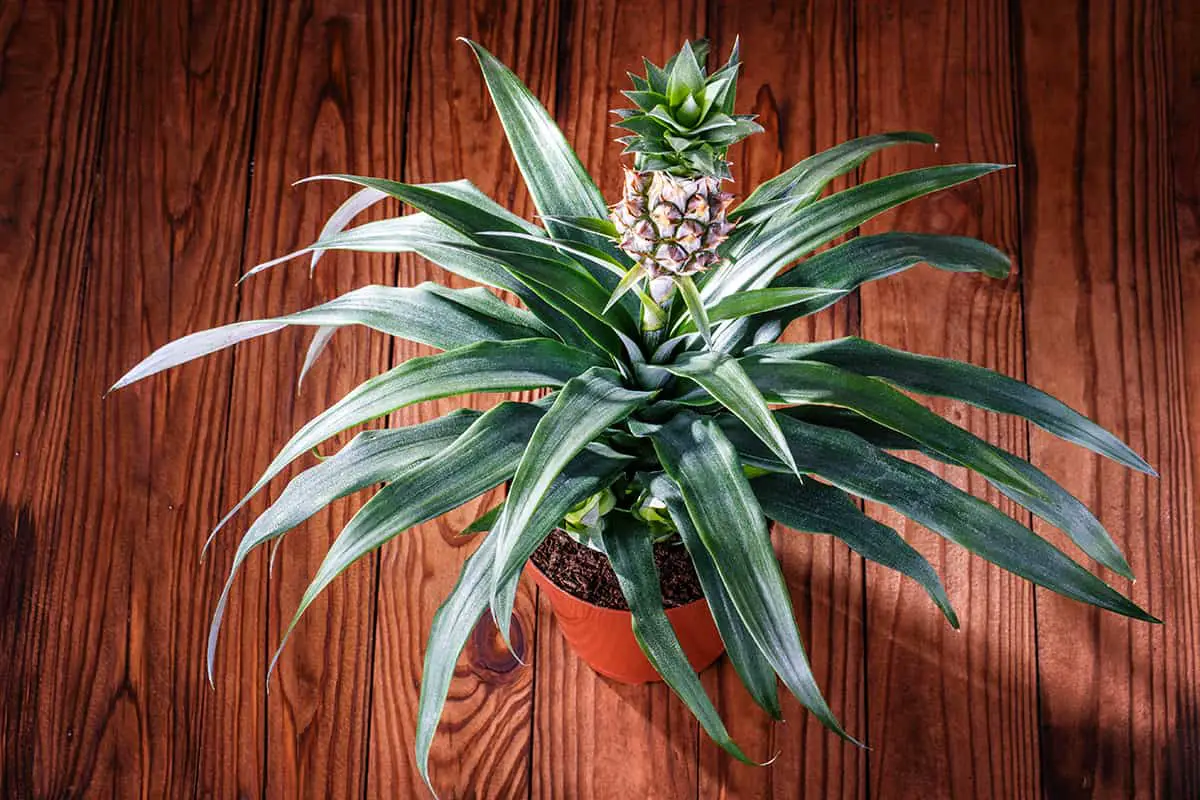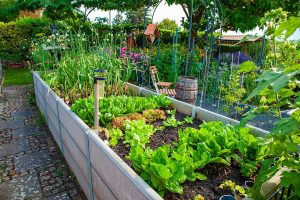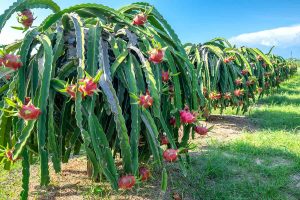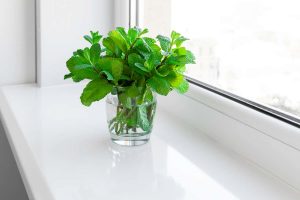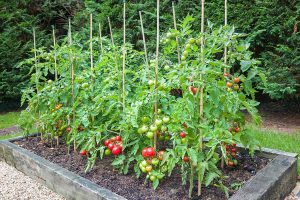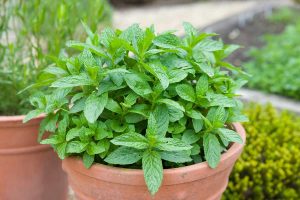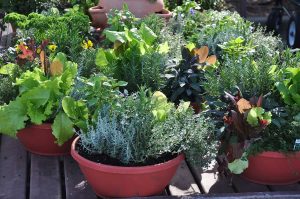Next time you slice into a fresh pineapple, save the top! With a little patience and the right care, that leftover top can be transformed into a thriving pineapple plant. This simple upcycling trick turns kitchen scraps into a tropical houseplant, adding a bit of greenery to your space and eventually, your own homegrown pineapple. Here’s how to get started.
Table of Contents
Selecting a Pineapple
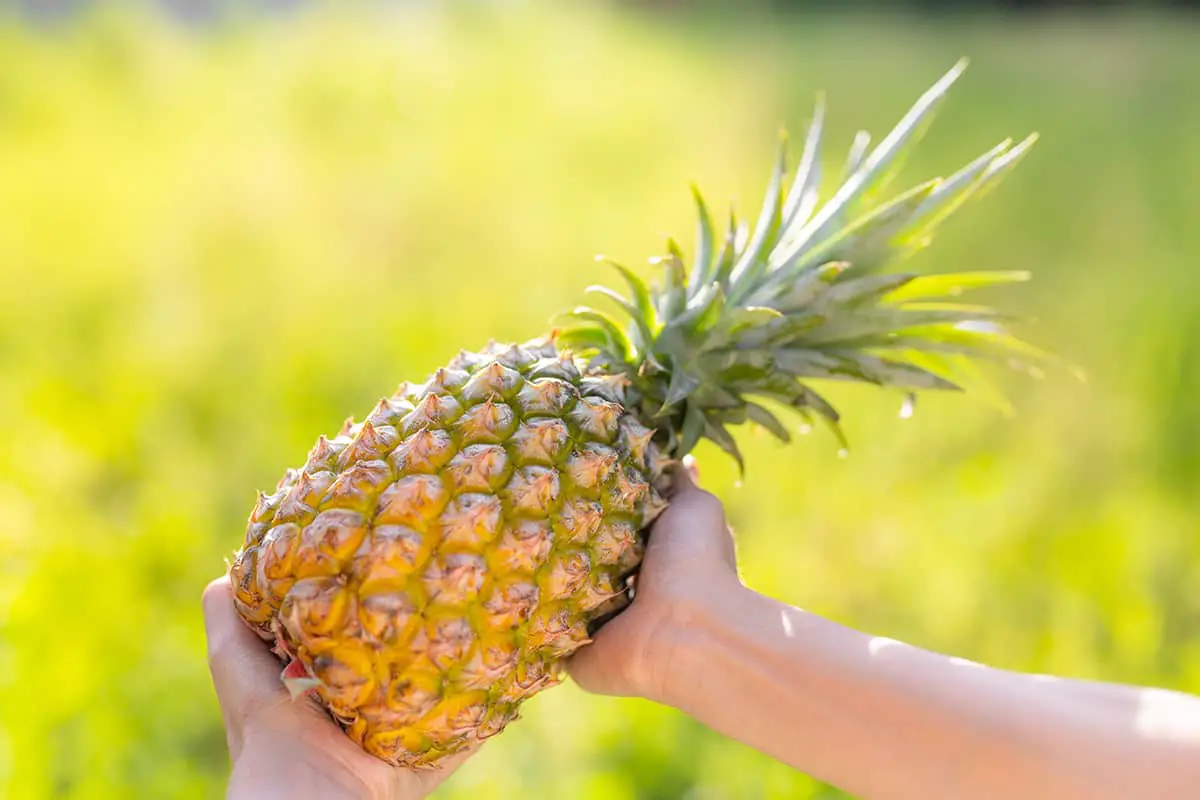
Criteria for Choosing a Pineapple
When choosing a pineapple for growing a plant, it’s essential to pick one with a healthy crown. The crown should have green, fresh-looking leaves and not appear wilted or brown. A healthy nursery plant is often grown in 1- to 3-gallon containers and stands 6 inches to 2 feet from the soil.
Inspecting for Freshness and Ripeness
The pineapple fruit you select should be firm, with a strong, sweet aroma. Avoid pineapples with a fermented smell or any signs of mold, as these can indicate an overripe or rotting fruit. The skin should be a golden-yellow color, and the eyes should be flat and not sunken. Strip a few basal leaves from the crown, let it dry for a week, and then you can begin planting. Patience is key, as it often takes two years or more for a pineapple plant to produce fruit.
Preparation of the Pineapple Top
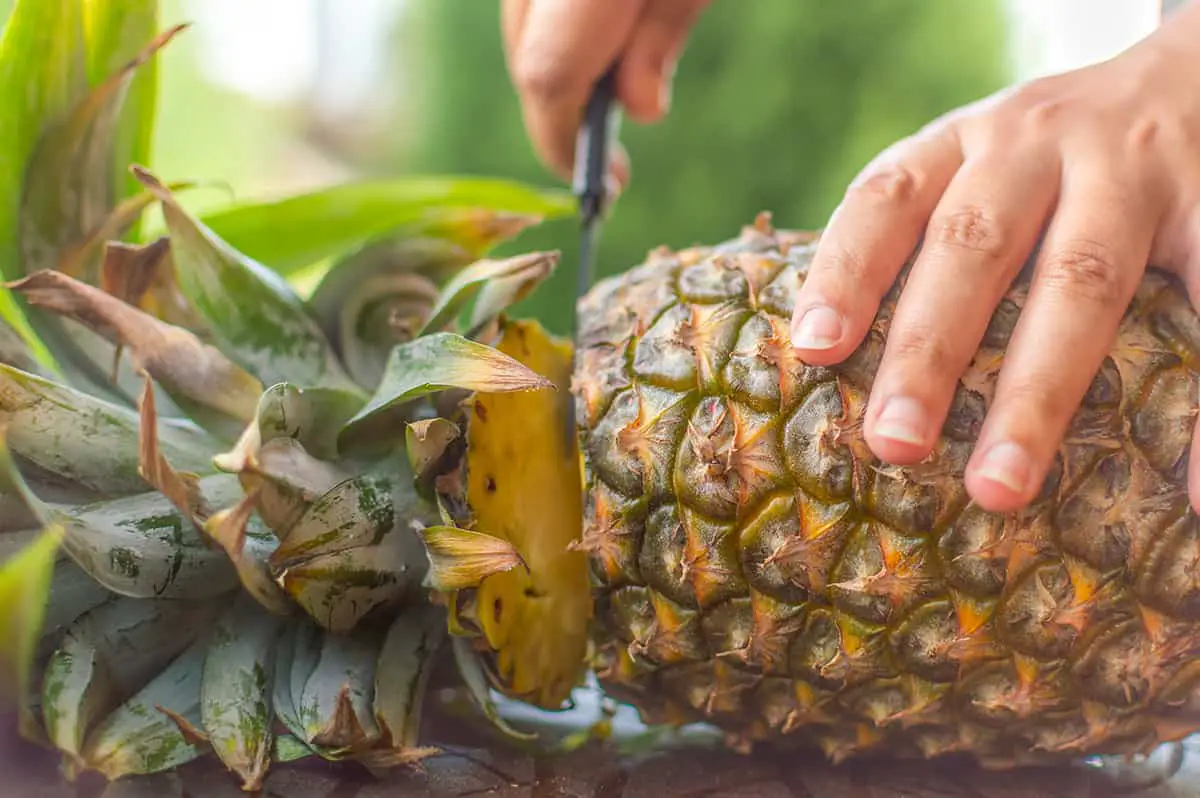
Detaching the Crown
Firmly grasp the pineapple and the crown, then gently twist the crown until it detaches. Ensure you have a clean cut, as this will help prevent rotting. You can also use a sharp knife to cut around the base of the crown if you’re having difficulty twisting it off.
Peeling Back the Leaves
Once you have the pineapple crown, it’s important to remove several layers of leaves from the bottom of the stem. This will expose the small root buds that will eventually turn into a strong root system. Gently peel back about an inch of the lower leaves, being careful not to damage the stem.
Drying the Crown
After exposing the root buds, you should let the pineapple crown dry for about two to three days. Place it in a cool, dry area with proper air circulation. Drying the crown helps reduce the risk of rotting and encourages healthy root growth when you move on to the next step of planting it in the soil.
Rooting the Pineapple Top
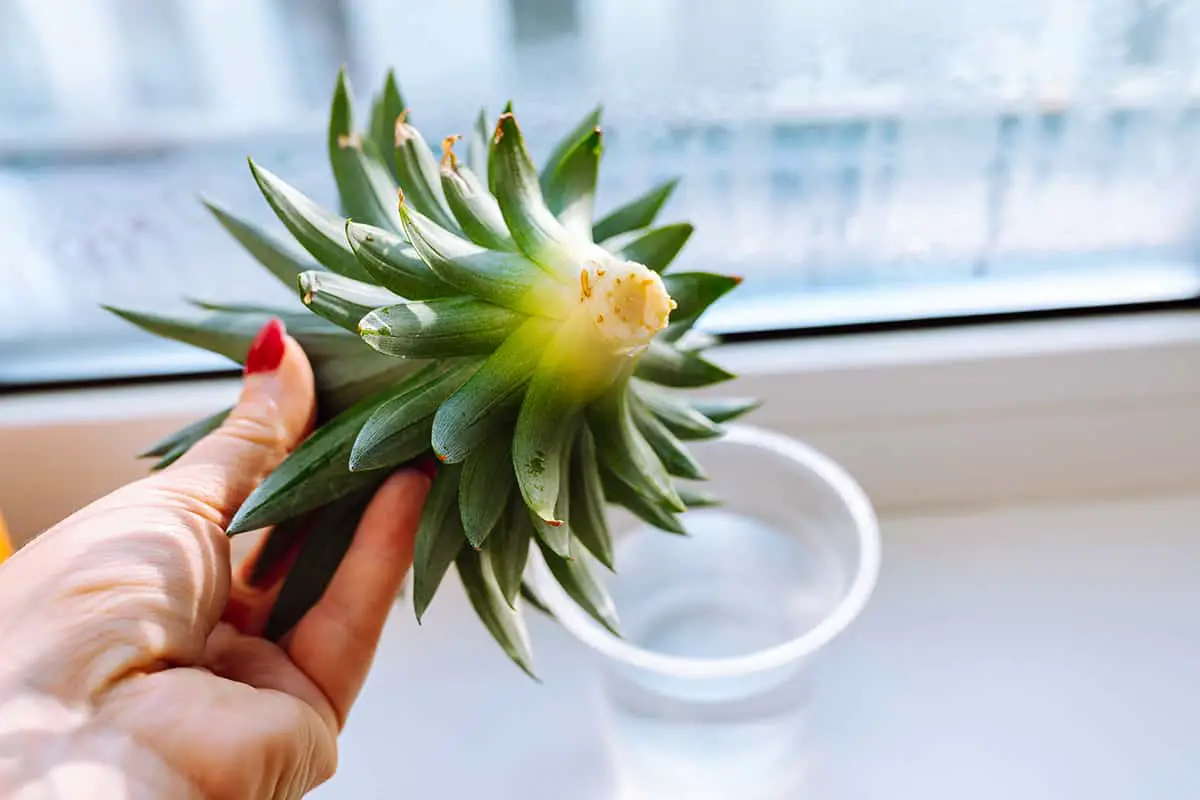
Water Rooting Method
To grow a pineapple plant, you can start with the water rooting method. First, twist the leafy top off of the pineapple fruit. Remove any remaining fruit on the top’s base and peel off the first few layers of leaves. This reveals the small root buds, which you need for the rooting process. Place the prepared pineapple top in a container of water so that the base is submerged but the leaves are still above water. Change the water every 2-3 days, and within 3-4 weeks, you’ll see new roots growing. At this point, your plant is ready to be transferred to a pot with well-drained soil.
Soil Rooting Method
Another approach for growing a pineapple plant from a pineapple top is soil rooting. Similar to the water rooting method, twist off the leafy top, remove remaining fruit, and peel off the first few layers of leaves to expose the root buds. Instead of placing the top in water, allow it to dry for a day or two. Prepare a small pot with a light, well-drained potting mix. Plant the pineapple top in the soil so that the base is covered, and water it well.
Keep the potting mix moist, but be careful not to over-water and cause root rot. Provide bright, indirect light for the pineapple plant during the rooting process, which should take approximately 6-8 weeks. Ensure proper fertilization once or twice a month with a soluble houseplant fertilizer to promote healthy growth.
Planting the Pineapple Top
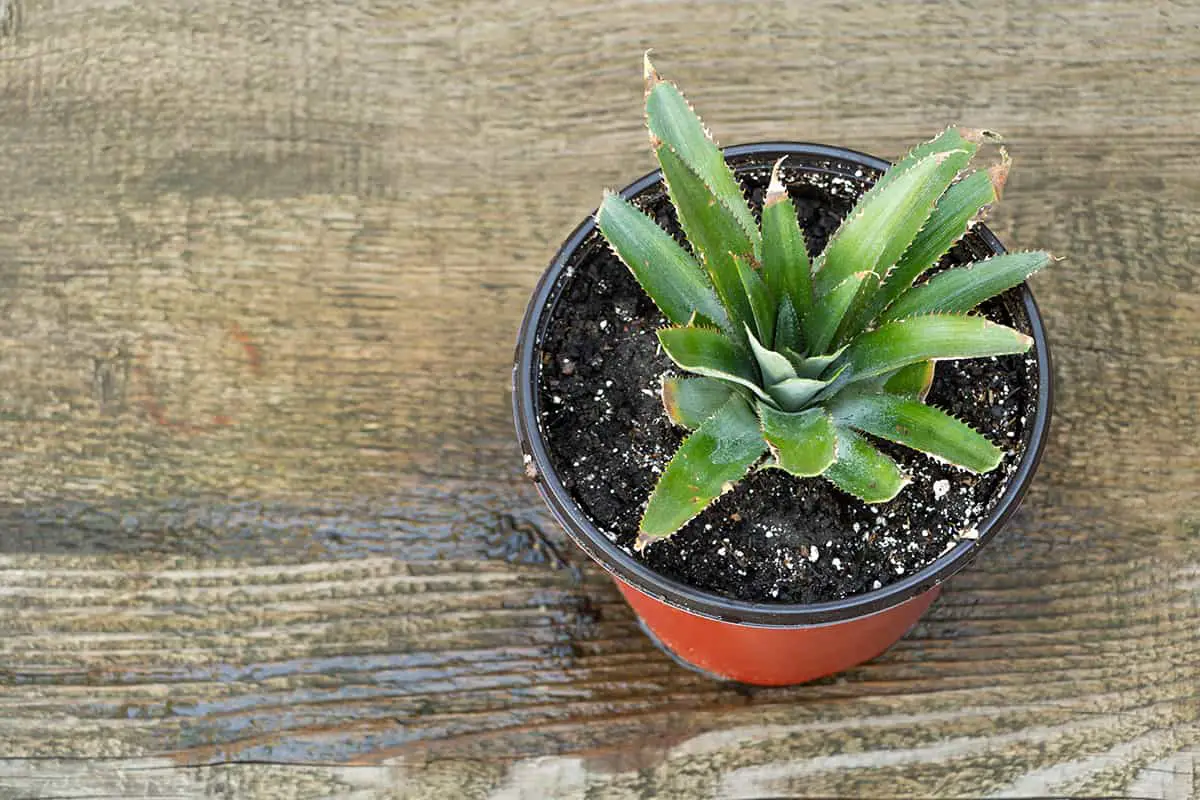
Choosing the Right Soil
When growing a pineapple plant from a pineapple top, choosing the right soil is crucial. Pineapple plants thrive in well-draining, loose, and slightly acidic soil with a pH between 5.5 and 6.5. You can consider using a ready-made potting mix designed for bromeliads, or mix your own by combining equal parts of peat moss, coarse perlite, and organic compost.
Potting the Pineapple Top
After choosing the proper soil, it’s time to pot the pineapple top. Select a 6 to 8-inch pot with drainage holes to allow excess water to drain out. Fill the pot with the chosen soil mixture and bury the pineapple top’s stump, making sure the first set of leaves rests on the soil surface. Watering the plant thoroughly after potting is essential for its growth.
Initial Planting Care
Caring for the pineapple plant during the initial stages involves maintaining high humidity levels. To achieve this, place the potted pineapple top inside a clear plastic bag and seal it, creating a humid environment that supports the plant’s growth. Keep the enclosed plant in a bright, indirect sunlight spot. After a few weeks, you should notice new roots growing. Once this occurs, remove the plastic bag and gently expose the plant to more direct sunlight for better growth.
Remember to monitor the moisture level of the soil and avoid overwatering. As pineapple plants are drought-tolerant, allow the soil to dry slightly between waterings. Fertilize the plant once a month with a balanced, water-soluble fertilizer, diluted to half the recommended strength to support its growth and health.
Caring for the Growing Pineapple Plant
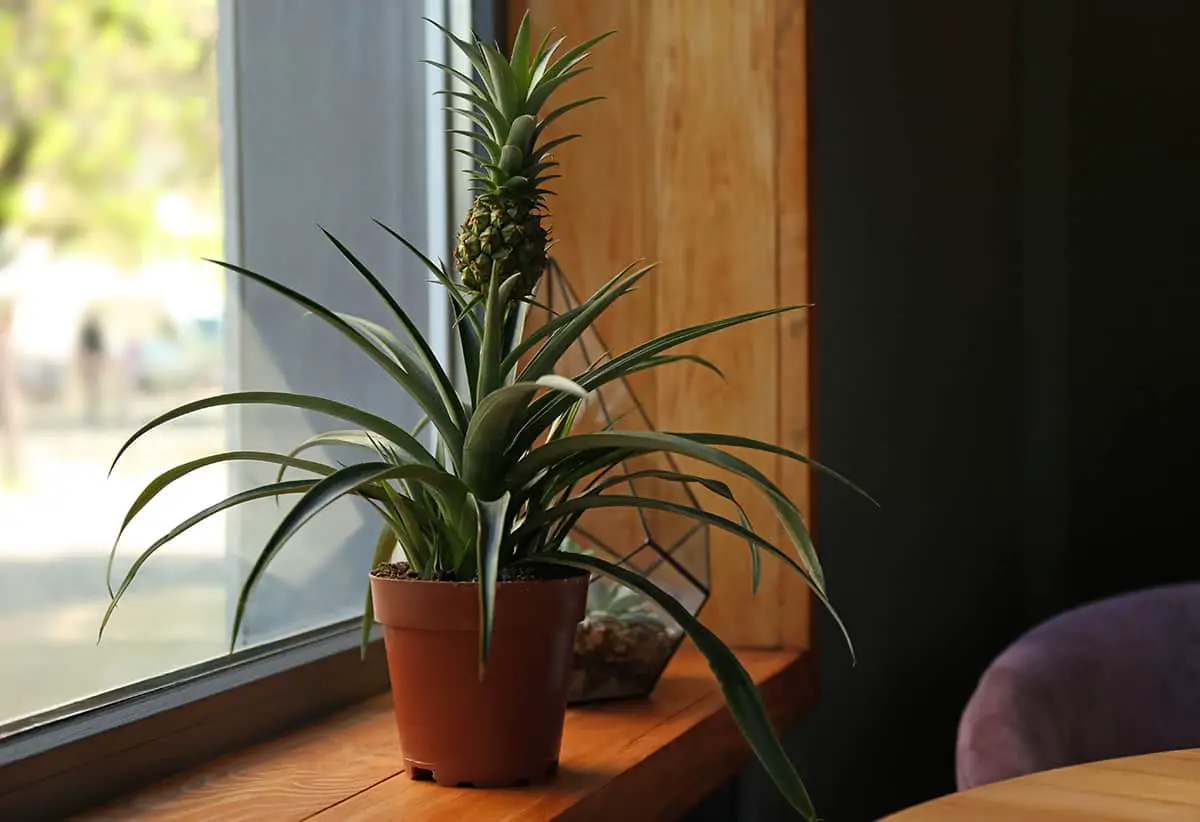
Watering
Water your pineapple plant regularly, ensuring the soil stays moist but not saturated. It’s important to avoid overwatering, as it can lead to root rot. Proper watering is essential for a pineapple plant’s growth and health. Keep an eye on the drainage from the container, as water should be seen draining from the drainage holes.
Sunlight and Temperature
For optimal growth, your pineapple plant requires full sunlight. Place the plant in a sunny window or area where it receives at least 6 hours of direct sunlight daily. The ideal temperature range for a pineapple plant is between 65°F and 90°F. Make sure your plant stays within this range, as colder temperatures can damage them. If you live in a colder climate, bring the plant indoors during the winter months.
Fertilization
Fertilize your pineapple plant using a balanced, water-soluble fertilizer every 6 to 8 weeks. Dissolve the fertilizer in the water you use for watering your plant, following the package instructions. Proper fertilization helps the pineapple plant produce healthy leaves and fruit. Be mindful not to over-fertilize, as it can harm the plant and its fruit production.
Troubleshooting Common Issues
Pests and Diseases
When growing a pineapple plant, be aware of common pests such as mealybugs and scale insects. If you notice these insects on your plant, you can remove them manually or by using a soapy water solution. Additionally, plants can suffer from fungal diseases, triggered by humidity or improper watering. A sulfur-based fungicide can help to fight these diseases if necessary.
Root Rot and Overwatering Symptoms
Overwatering is a common issue when growing pineapples, leading to problems such as root rot. Recognize root rot by yellowing leaves and an unpleasant smell coming from the plant’s base. To prevent this, ensure the soil is well-draining and rich in organic matter. Moreover, only water your plant when the top 2 inches of soil are dry.
